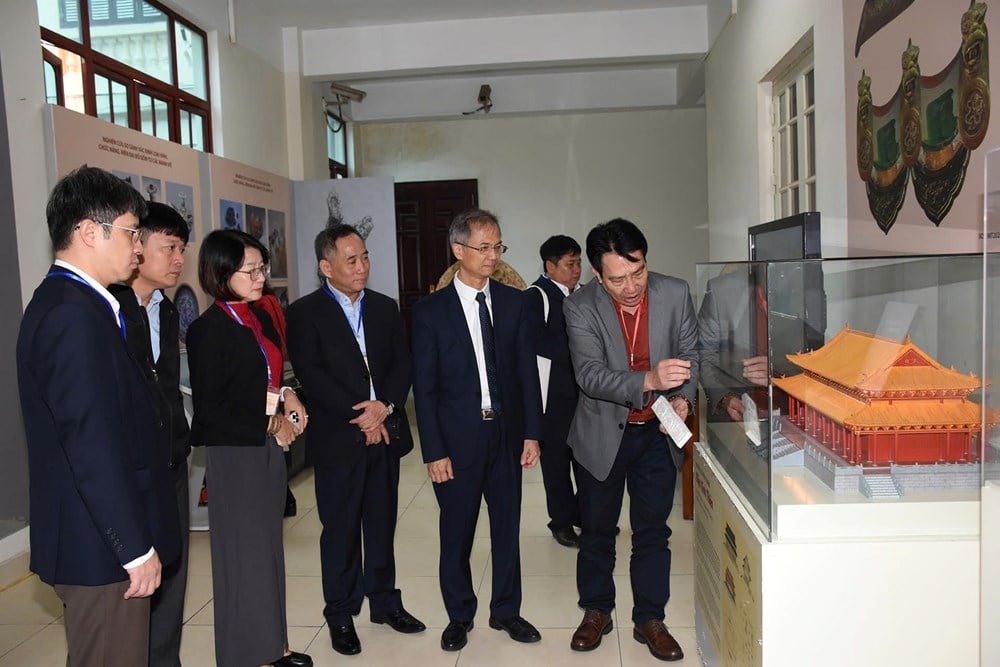
The event aims to summarize and evaluate the outstanding results of the project "Registering, researching, evaluating the value and establishing a scientific profile of the Thang Long Imperial Citadel relic site", a key scientific project chaired and implemented by the Institute of Imperial Citadel Research (now the Institute of Archaeology) over the past 15 years.
Heritage from the "fragments"
Once the political , economic and cultural center of the country through many dynasties, Thang Long Imperial Citadel now only has "golden" vestiges underground. In front of that priceless archaeological treasure, the Vietnam Academy of Social Sciences has assigned the Institute of Imperial Citadel Studies the task of researching, editing and establishing a scientific profile for this special relic site.
Since 2011, scientists have carried out a huge amount of work, achieving many breakthrough achievements, contributing to decoding the mysterious layers underground of Thang Long Imperial Citadel, creating a scientific basis for the restoration, preservation and promotion of the world heritage with thousand-year value. According to Associate Professor, Dr. Bui Minh Tri, former Director of the Institute of Imperial Citadel Studies, Head of the Thang Long Imperial Citadel Restoration Project, the archaeological discoveries at 18 Hoang Dieu and the National Assembly House construction area have fundamentally changed the perception of the ancient capital.
Here, archaeologists found 53 traces of building foundations, 7 wall foundations and 6 wells, convincing evidence for the existence of the splendid Thang Long Citadel under the Ly Dynasty. This discovery is considered one of the greatest achievements of modern Vietnamese archaeology, contributing to the Thang Long Imperial Citadel being recognized by UNESCO as a World Cultural Heritage in 2010. However, although the foundations, materials and roof tiles have been identified, the overall form of the Ly Dynasty palace architecture remains a big mystery. In that context, in the period of 2011-2014, the Imperial Citadel Research Institute continued to excavate, research and established a master plan of the Ly Dynasty palace architecture, initially revealing the scale and layout of the ancient Royal Palace.
Based on four sources of archaeological documents, architectural models, inscriptions and comparisons with ancient palaces in China, Japan, and Korea, the Institute has decoded the "dou gong" technique: a complex and sophisticated roof support structure, demonstrating the master construction level of the Vietnamese people during the Ly Dynasty. This achievement helped the Institute to reconstruct the architectural form of the Ly Dynasty palace using 3D technology in 2014, an important milestone in heritage research. The successful decoding of the Ly Dynasty palace architecture is considered one of the greatest discoveries of the 15-year journey of researching the heritage of Thang Long Imperial Citadel. In the period of 2015-2020, the Institute continued to research and restore the overall architectural form of Thang Long Imperial Citadel. The results showed that the Ly Dynasty palace complex consisted of 64 structures, including 38 palace structures, corridors, 26 hexagonal structures, along with a system of surrounding walls, gates, paths, etc. The panoramic picture recreated a majestic and splendid Royal Palace, comparable to the great palaces in Asia.
In particular, in 2022-2023, the Imperial Citadel Research Institute completed a research program to decode and 3D reconstruct the architectural form of Kinh Thien Palace, the most important main hall in the Thang Long Forbidden City during the early Le Dynasty. This is a palace built on a high foundation, with a stone step in front of it carved with dragons. On the steps of the palace, there is a stone railing surrounding the wooden architecture painted in a bright red color.
The architecture has a large scale, including 9 compartments (7 compartments and 2 wings), a large area of about 1,188m2 , 10 columns horizontally, 6 columns vertically, a total of 60 wooden columns, belonging to the type of architecture of the citadel, overlapping the roof, with unique golden glazed dragon tiles and decorated with dragon head statues reaching high into the sky, a symbol of power and sophisticated beauty in the art of Vietnamese royal architecture.
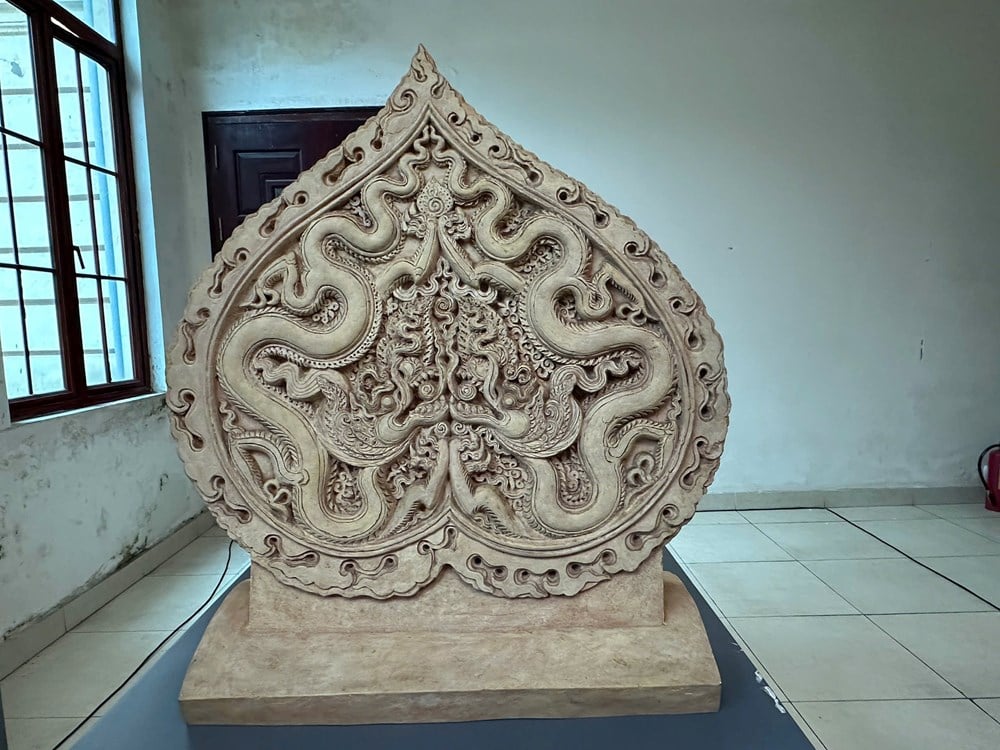
Towards a “living museum” of heritage
Not only stopping at architecture, scientists have also painstakingly researched life in the Thang Long Imperial Palace through tens of thousands of archaeological relics. According to Associate Professor Dr. Bui Minh Tri, the editing and classification of relics, the "fragments of history" is a big challenge, requiring meticulousness and perseverance.
From thousands of specimens, the Institute has identified a system of high-class ceramics from the Ly Dynasty, showing sophisticated manufacturing techniques, reaching a level equal to that of Chinese porcelain from the Song Dynasty. This discovery affirms that the porcelain-making profession in Vietnam was formed and developed brilliantly from the 11th century. Research on discarded ceramics and production tools also helped determine the existence of the Thang Long kiln, which specialized in making utensils for the royal court for nearly 600 years, from the Ly, Tran, Le So to Mac dynasties. In particular, through analyzing artifacts with Chinese inscriptions, the Institute has clarified the historical value of the Truong Lac and Thua Hoa palaces, the residences of the Queen Mothers under the Le Dynasty.
In addition, research on imported porcelain collections shows that Thang Long was once a vibrant center of trade and cultural exchange. Many artifacts originated from West Asia, China, Japan, and Korea, brought here through diplomatic and commercial channels. The Institute also cooperated with international experts to determine the age and origin of rare porcelain from famous kilns such as Dinh, Dieu Chau, Long Tuyen, Canh Duc Tran, etc., contributing to demonstrating the open economic and cultural exchange relationship of the Thang Long capital in history.
“The Thang Long Imperial Citadel relic site is considered a model of the unbroken evolution of architectural art and urban planning, a living museum of how successive dynasties influenced the architectural style of a capital. The underground archaeological discoveries give us a look through time to see the development of construction techniques through the dynasties, such as the foundation technique of the Vietnamese people in weak ground conditions, in the “Red River depression”. The scientific urban planning in the geographical environment space with many systems of lakes and rivers. Many techniques for building wooden architectural works, many unique types of tiles used to roof and decorate the roofs of ancient palaces found at the relic site give us deep impressions of the technical level and the pinnacle of development of plastic arts, cultural expressions imbued with Eastern philosophy over many centuries”, Associate Professor, Dr. Bui Minh Tri commented.
The workshop “Thang Long Imperial Citadel Relic Site - Achievements and Issues after 15 Years of Research (2011-2025)” is not only an opportunity to summarize a proud period of scientific research, but also opens a new direction for heritage conservation. Instead of just stopping at “praising the value of heritage”, scientists believe that it is time for a more comprehensive and breakthrough investment strategy, continuing in-depth research, restoring heritage based on authentic scientific foundations, gradually turning Thang Long Imperial Citadel into a “Living Museum” of the history and culture of the thousand-year-old capital.
Source: https://baovanhoa.vn/van-hoa/giai-ma-bi-an-tu-long-dat-cua-kinh-do-ngan-nam-179266.html







![[Photo] Opening of the 14th Conference of the 13th Party Central Committee](https://vphoto.vietnam.vn/thumb/1200x675/vietnam/resource/IMAGE/2025/11/05/1762310995216_a5-bnd-5742-5255-jpg.webp)
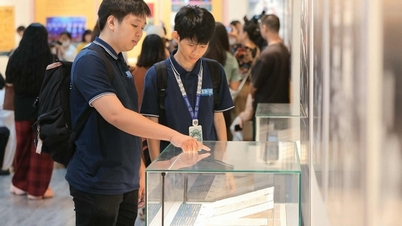

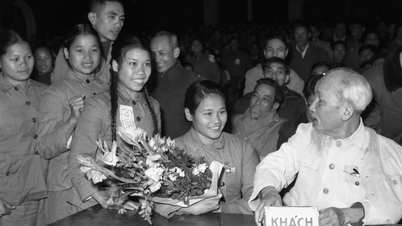

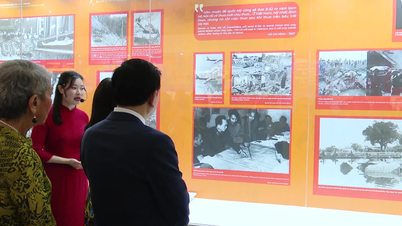





















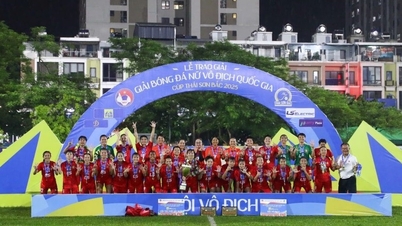




![[Photo] Panorama of the Patriotic Emulation Congress of Nhan Dan Newspaper for the period 2025-2030](https://vphoto.vietnam.vn/thumb/1200x675/vietnam/resource/IMAGE/2025/11/04/1762252775462_ndo_br_dhthiduayeuncbaond-6125-jpg.webp)

































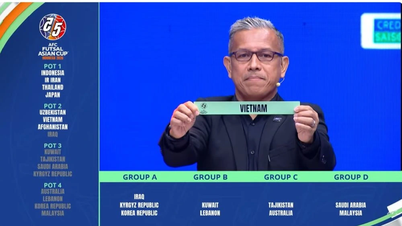











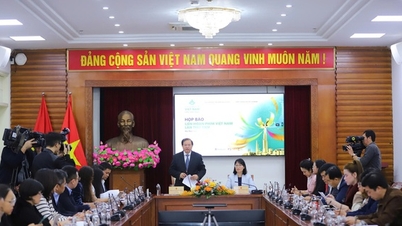





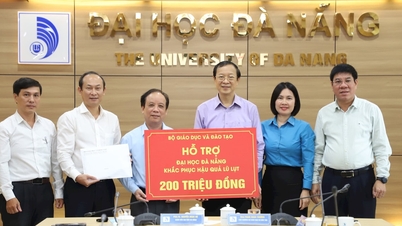



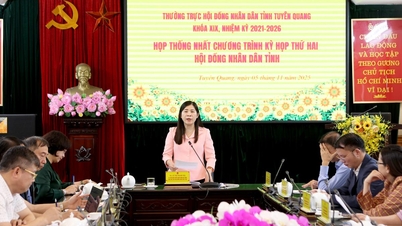

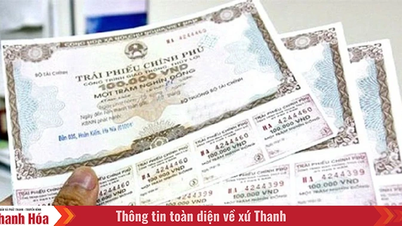















Comment (0)